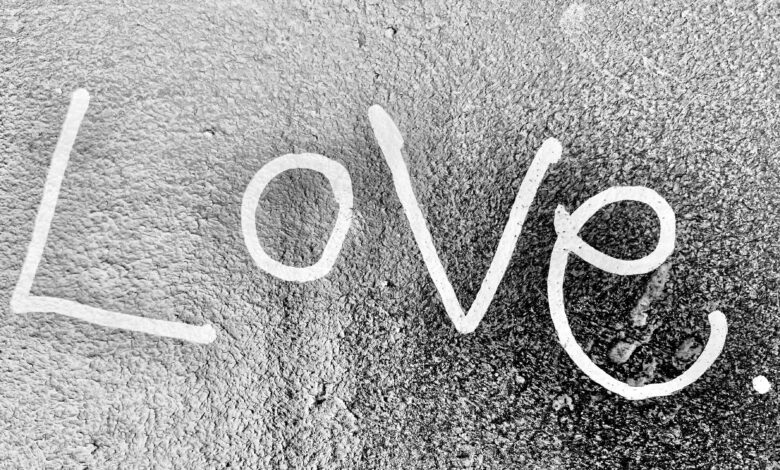Bảie: The Many Meanings of a Vietnamese Word

Unlocking the mysteries of language is like discovering hidden treasures in a foreign land. And today, we embark on an exciting journey into the rich tapestry of Vietnamese vocabulary, with one intriguing word as our guide: Bảie. This seemingly simple word holds a multitude of meanings that will surprise and delight you. Whether you’re a language enthusiast or simply curious about different cultures, join us as we unravel the many facets of Bảie and explore how it can be used in various contexts. Get ready to dive headfirst into the fascinating world of Bảie!
What is the meaning of Bảie in Vietnamese?
What exactly does Bảie mean in Vietnamese? Well, you’ll be glad to know that this word isn’t easily defined by a single English equivalent. It’s like trying to capture the essence of a breathtaking sunset with just one color. Bảie is versatile and dynamic, taking on different meanings depending on the context.
In its most basic sense, Bảie can refer to “leaves” or “foliage.” Imagine strolling through a lush Vietnamese garden, surrounded by the vibrant hues of nature’s tapestry – that’s where you might encounter Bảie in all its green glory.
But wait, there’s more! Bảie also has figurative meanings beyond flora. For example, it can describe something that is scattered or spread out. Just as leaves scatter across the ground after a gusty wind, objects or ideas can be bảie-ed about haphazardly.
Additionally, Bảie can even convey the idea of dispersion or diffusion. Think of how fragrance permeates through the air from delicate flower petals – it diffuses and fills our senses much like how certain scents are described as being bảie-ed.
So you see, dear reader, Bảie encompasses not only tangible elements but also abstract concepts related to spreading and dispersing. Its richness lies in its ability to encapsulate these diverse meanings within such a seemingly simple word.
The many different meanings of Bảie
The Vietnamese word Bảie is a versatile term that can have multiple meanings depending on the context in which it is used. Its various interpretations make it an interesting and complex word to explore.
One of the common meanings of Bảie is “to divide” or “separate.” It can be used when talking about splitting something into parts or separating different elements. For example, you could say “Tôi sẽ bảie cái bánh ra làm hai phần,” which means “I will divide the cake into two parts.”
Another meaning of Bảie is “to show” or “to display.” In this sense, it refers to presenting something visually or making it visible for others to see. For instance, if you want to ask someone to show you their new painting, you might say “Hãy bảie cho tôi cái tranh mới của bạn,” which translates to “Please show me your new painting.”
Bảie can also mean “to explain” or “clarify.” When someone wants further information about a particular topic, they may ask someone else to elaborate by saying: “Bạn có thể giúp tôi hiểu rõ hơn không? Hãy bảng lại cho tôi về vấn đề này,” which means “Can you help me understand better? Please explain this issue again.”
Additionally, Bảie can be translated as ‘clear’ when referring to weather conditions. If the sky becomes clear after being cloudy all day long, one could exclaim: “Trời đã bẩy rồi!” meaning “The sky has cleared!”
Bảie encompasses several diverse meanings in Vietnamese language usage. Its flexibility allows speakers and writers alike to express themselves accurately and effectively across various contexts without ambiguity
How to use Bảie in a sentence
When it comes to using the word “Bảie” in a sentence, there are several different ways you can incorporate it. One common usage is as an adjective to describe something that is scattered or spread out. For example, you could say “Các bức tranh đã được treo bảie trên tường”, which means “The paintings were hung scattered on the wall.”
Another way to use “Bảie” is as an adverb to express the idea of doing something roughly or haphazardly. For instance, if someone asks how you completed a task, you might respond with “Tôi làm nó bảie”, meaning “I did it roughly.”
Additionally, “Bảie” can also be used as a noun referring to loose change or small amounts of money. An example sentence would be: “Tôi chỉ có một ít tiền bảie trong túi,” which translates to: “I only have some loose change in my pocket.”
The word Bảie has multiple meanings and applications in Vietnamese language. It can function as an adjective, adverb or noun depending on the context of its usage in sentences and phrases!
Examples of Bảie in use
Bảie is a versatile word that can be used in various contexts, making it an essential part of everyday Vietnamese conversation. Here are some examples to give you a better understanding of how this word is used:
1. In its simplest form, bảie means “leaf.” For example, you could say “Tôi đã nhặt một chiếc bảie rơi từ cây” (I picked up a fallen leaf from the tree). It’s amazing how such a small and delicate object can carry so much meaning.
2. Bảie can also refer to pages in books or documents. For instance, you might say “Chúng ta cần xem lại bảie 27 của tài liệu này” (We need to review page 27 of this document) when discussing specific information or references.
3. Another common usage of bảie is as a verb meaning “to reveal” or “to expose.” For example, if someone uncovers a hidden truth or secret, you could say “Người đó đã bất ngờ bảie ra sự thật đằng sau vụ việc” (That person unexpectedly revealed the truth behind the incident).
4. Additionally, bảie is often used metaphorically to describe someone who exposes their emotions or thoughts openly. You may hear phrases like “Anh ta là người dễ dàng để biết được suy nghĩ chỉ qua ánh mắt và cử chỉ – anh ta quá dễ ‘bẩy lộ’!” (He’s someone whose thoughts are easily visible through his eyes and gestures – he reveals himself too easily!).
The word Bảie has multiple meanings depending on the context in which it is used: leaf, page(s), reveal, and expose. Whether you’re talking about nature, literature, or
Conclusion
The Vietnamese word “Bảie” is a versatile term with multiple meanings and uses. Its fluidity allows for creative expression and adaptability in various contexts. Whether used to describe an object’s appearance, express surprise or disbelief, or convey a sense of uncertainty, Bảie adds depth and richness to the Vietnamese language.
As we explored the many meanings of Bảie throughout this article, it became evident that words can hold different interpretations depending on their context. Embracing these nuances allows us to appreciate the intricacies of languages and understand how they shape our communication.
So next time you come across the word “Bảie,” remember its diverse range of meanings and consider how you can incorporate it into your own conversations or writing. By embracing the multifaceted nature of language, we can truly connect with others on a deeper level.
Language is constantly evolving, as are its words and expressions. Exploring unique terms like Bảie not only expands our vocabulary but also broadens our cultural understanding. So let’s continue to embrace linguistic diversity as we navigate through an interconnected world!
Thank you for joining us on this journey through the many meanings of Bảie in Vietnamese!




